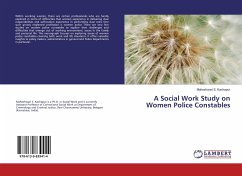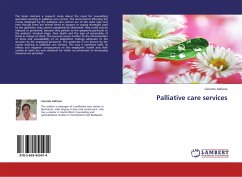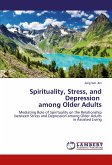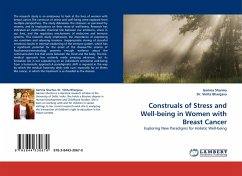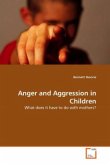Human and wildlife conflict is one of the biggest conservation challenges in Nepal. This study tries to explore the status of Human-Wildlife Conflict (HWC) within the Gaurishankar Conservation Area (GCA). This research based on the field work in Lambagar, ward no-1, Dolkha district of Nepal aims to identify the stress of wildlife victim. It presents the problems that are facing by the wildlife victim from social work and stress coping mechanism perspective. The aim of the study is to know the level of stress in the human-wildlife conflict. From this research it is found that 30% are in high perceived stress, 50% are in moderate stress and 20% are in low stress. Human-wildlife conflict is increasing which results in stress in people's life. Stress is becoming part of life but when people unable to cope with it they are facing problem mentally. Monkey, porcupine, goral, deer and Himalayan black bear affecting the livelihood of community people due to the destruction of crops and attacking a human being.


